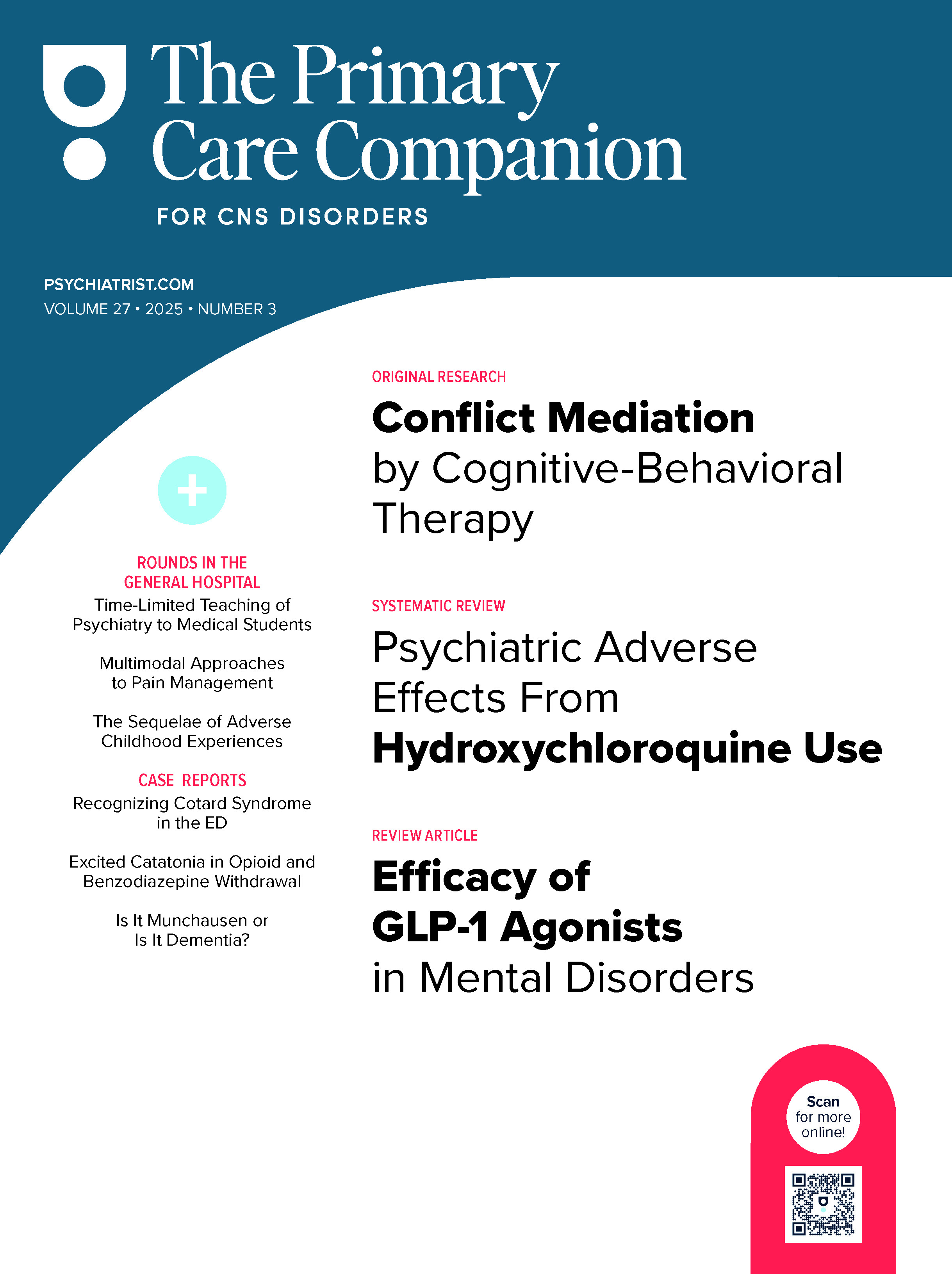Background: We investigated trends in antidepressant use, as well as broader changes in depression treatment, following the availability of selective serotonin reuptake inhibitors (SSRIs).
Method: Using data from the National Disease and Therapeutic Index, a nationally representative survey of U.S. office-based physicians conducted by IMS HEALTH, we analyzed trends in antidepressant prescribing patterns from 1987 through the third quarter of 2001. Annual sample sizes of physician visits by patients reported to have depression ranged from 3901 visits in 1987 to 6639 in 1998. Outcomes examined included the frequency of depression visits, the likelihood of antidepressant therapy, and the use of specific medications.
Results: The estimated national number of physician visits by patients with depression increased from 14.4 million visits in 1987 to 24.5 million in 2001 (annualized). The rate of antidepressant medication treatment in these patients also increased from 70% in 1987 to 89% in 2001. In 1987, tricyclic antidepressants were prescribed to 47% of patients with depression. The most common individual antidepressants were amitriptyline (14%), trazodone (12%), doxepin (8%), and desipramine (6%). In 1989, a year after its introduction, fluoxetine was prescribed to 21% of patients with depression. The introduction of other SSRIs led aggregate SSRI use to grow to 38% in 1992, 60% in 1996, and 69% in 2000. In 2001, sertraline (18%), paroxetine (16%), fluoxetine (14%), citalopram (13%), and bupropion (9%) were the leading antidepressants, while tricyclics were used in only 2% of patients. The use of benzodiazepines in depression declined from 21% of patients in 1987 to 8% in 2001.
Conclusion: The increasing therapeutic dominance of SSRIs may have contributed to other changes in depression treatment, including declining benzodiazepine use, increased aggregate antidepressant treatment rates, and increased reporting of depression.
This PDF is free for all visitors!




